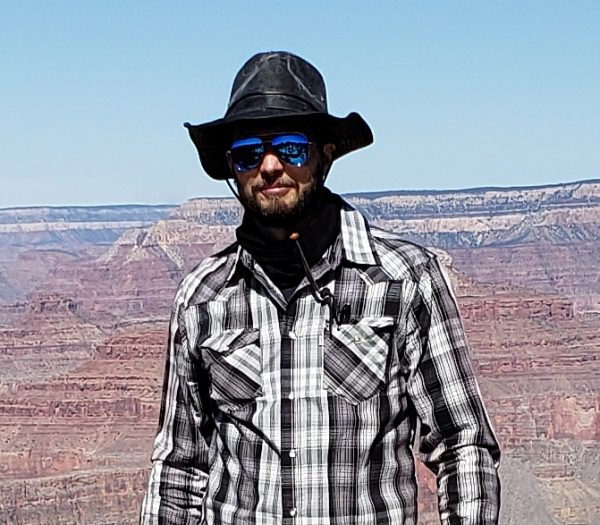Fault Controlled Paleochannels and their Implications for Submerged Groundwater Resources

Scott Smith
BS Candidate
Advisor: Dr. Jillian Maloney
Monday, May 10, 2021
11 am
watch Scott’s talk
Abstract
The majority of San Diego’s freshwater supply is imported from outside the County (Colorado River and northern California sources). To improve reliability of water resources for its population of 1.4 million, the San Diego County Water Authority is seeking to increase the use of local resources, including surface water and groundwater. Improved modeling of these resources in San Diego will facilitate management of local supplies. Submerged groundwater located near the San Diego Bay, a heavy faulted basin located in the heart of the city, may be an important component in improving the model of the groundwater system. The San Diego Bay is a unique setting to examine interactions between faults, paleochannels, and submerged groundwater.
This study examines the sedimentology within San Diego Bay to investigate the trend of a recently identified fault zone near Crown Cove in the central part of the Bay. Using a combination of coring and statistical grain size analysis, an uplifted “pop-up” structure was examined and compared against undeformed stratigraphy to the west. It appears this transpressional structure exposes bedding which were deposited in a non-marine environment, possibly preceding the last transgression of Pacific Ocean into the bay ~5 thousand years ago.
The results have implications for reconstructing depositional environments that were present when ancient freshwater streams extended further offshore. Understanding how these depositional units are distributed and how they are deformed by faulting may add to understanding of nearshore aquifers and how they interact with current and future pumping wells.

